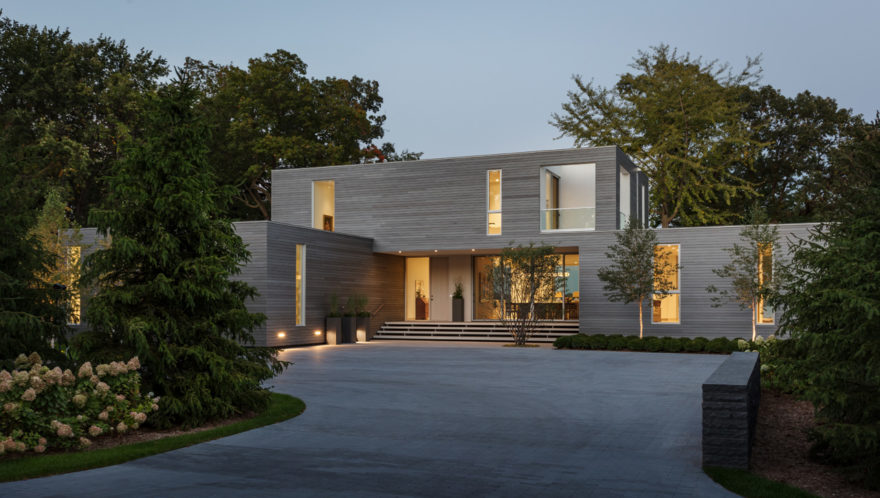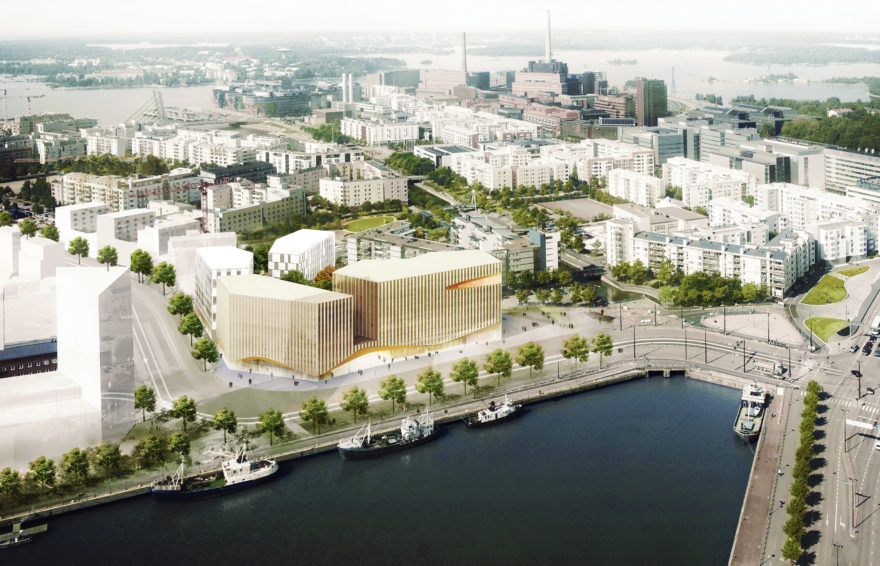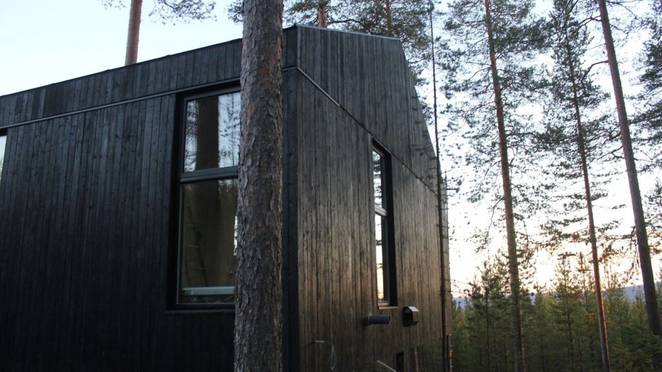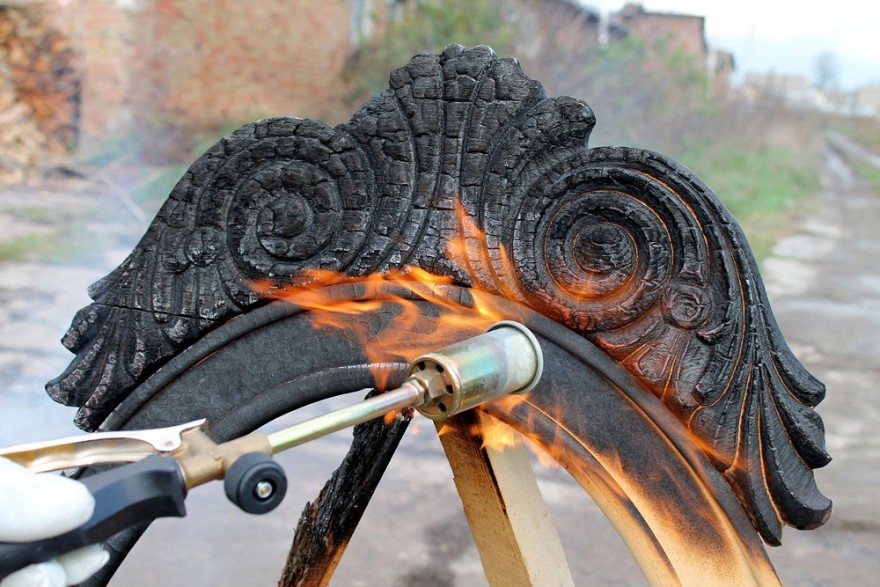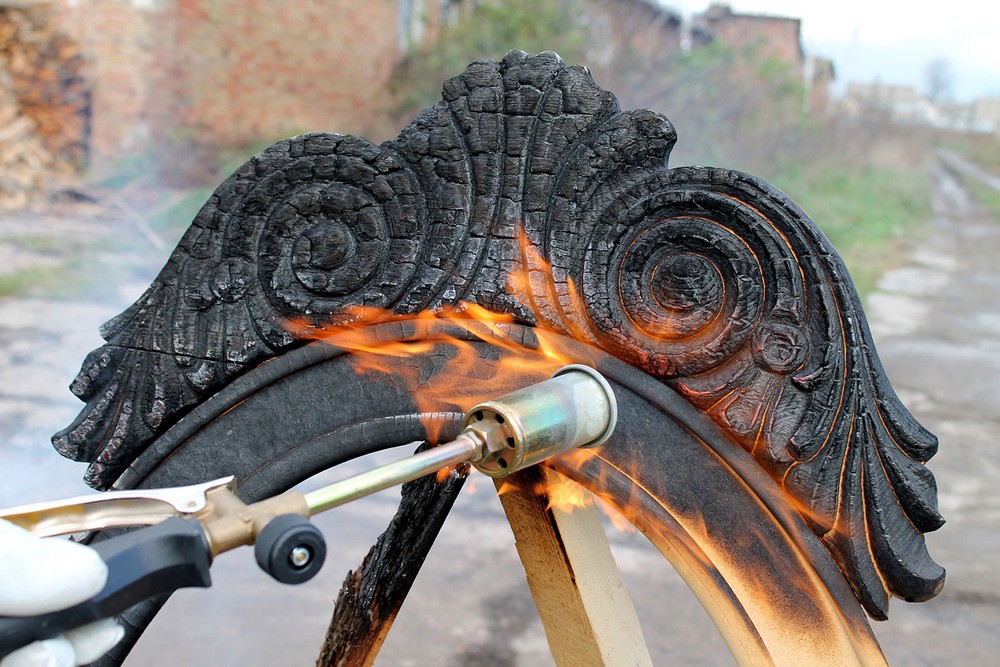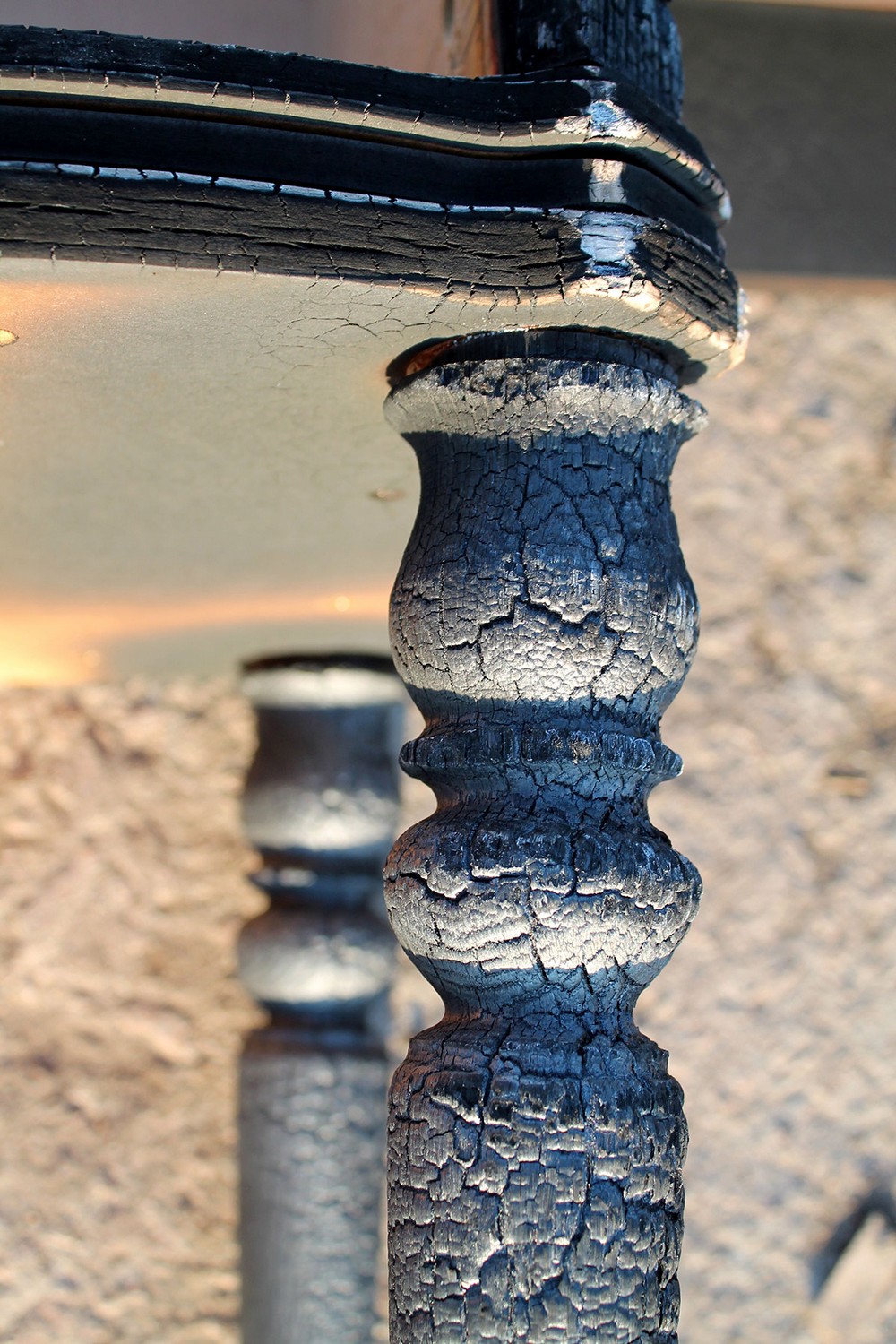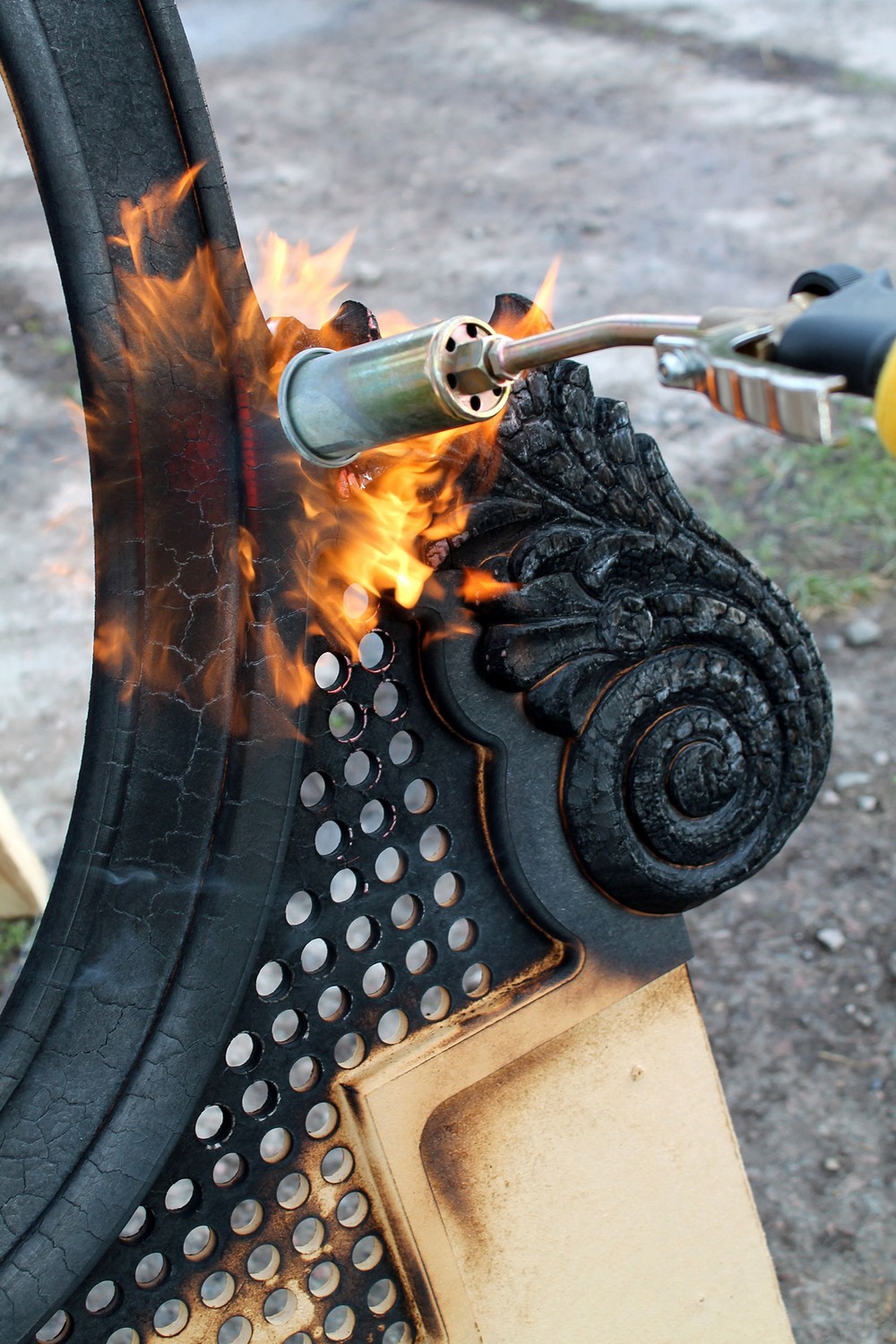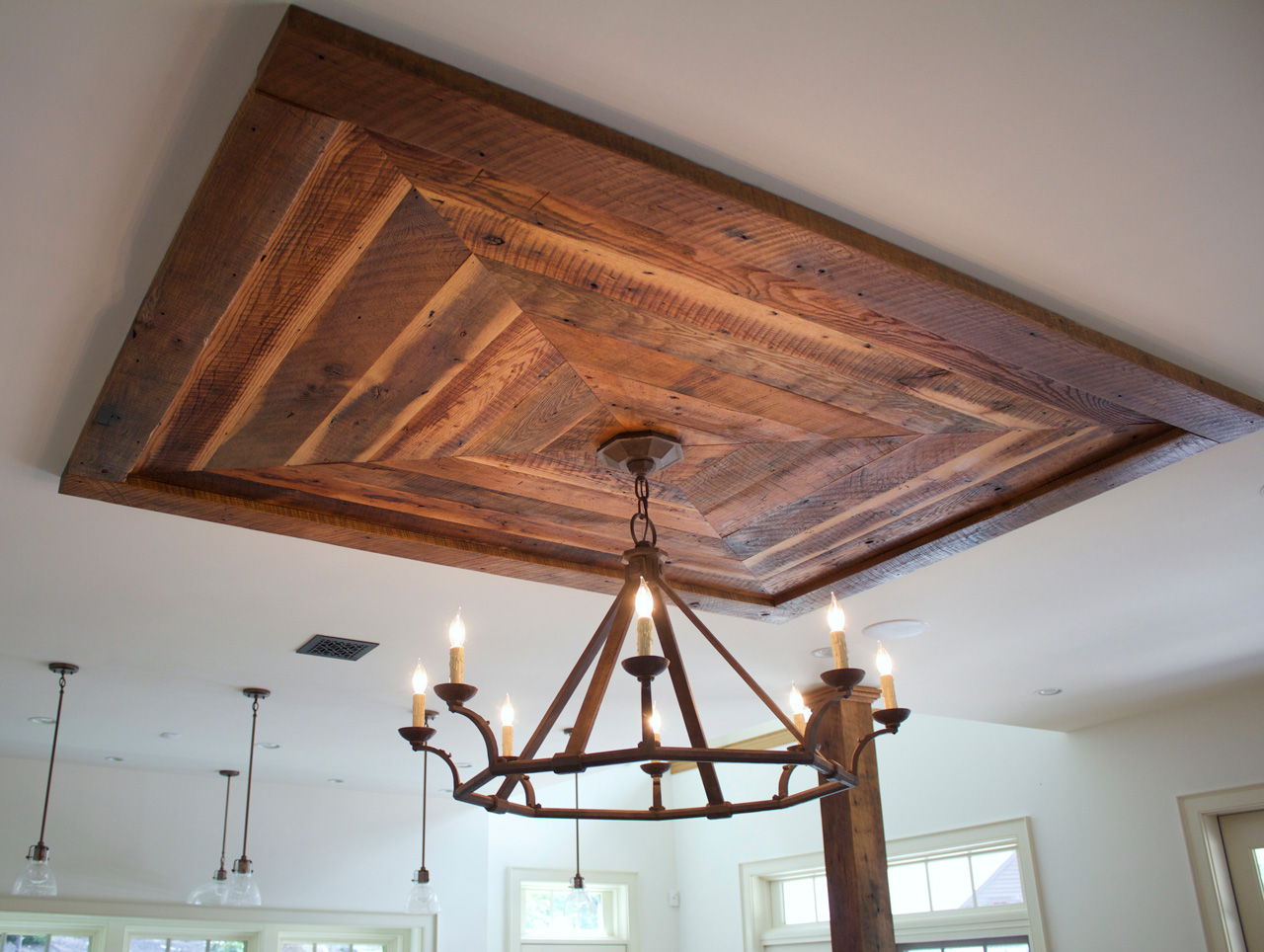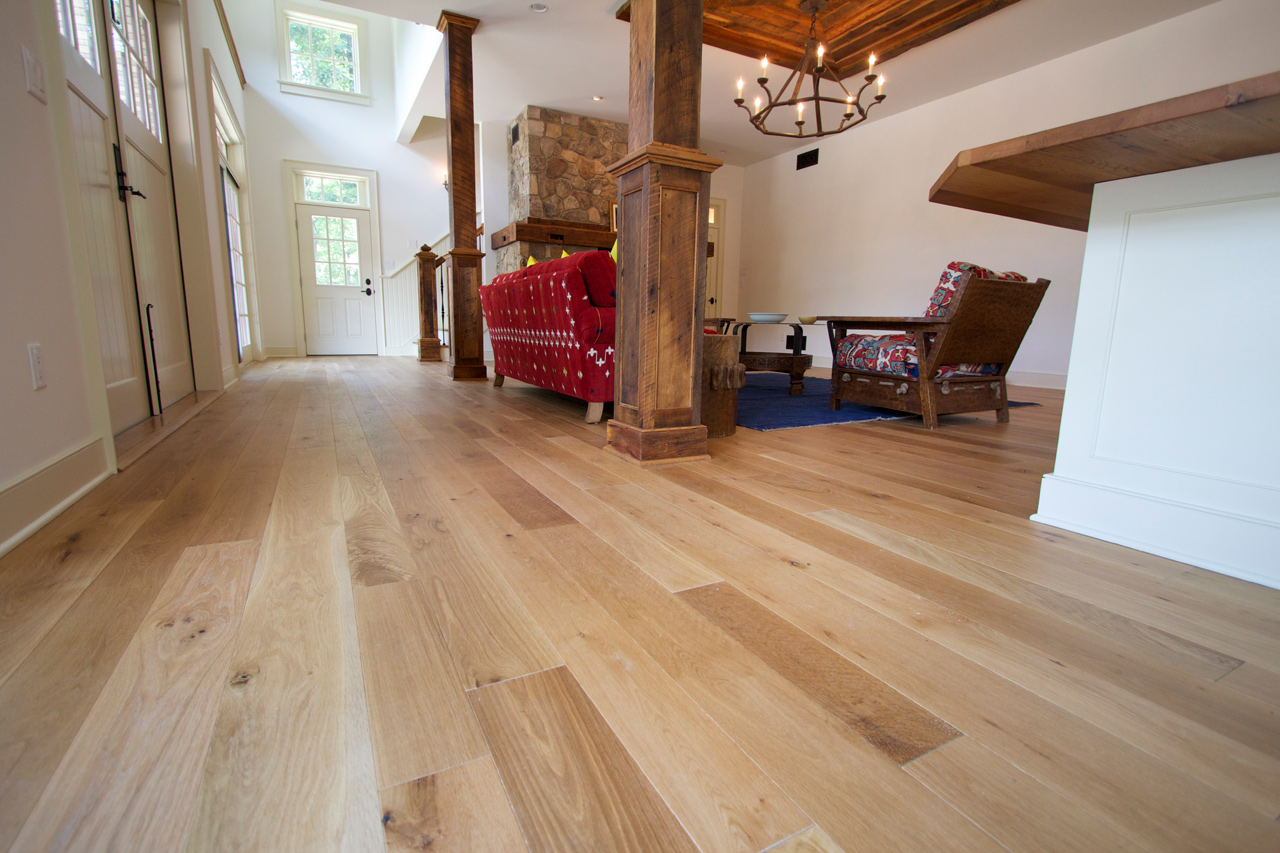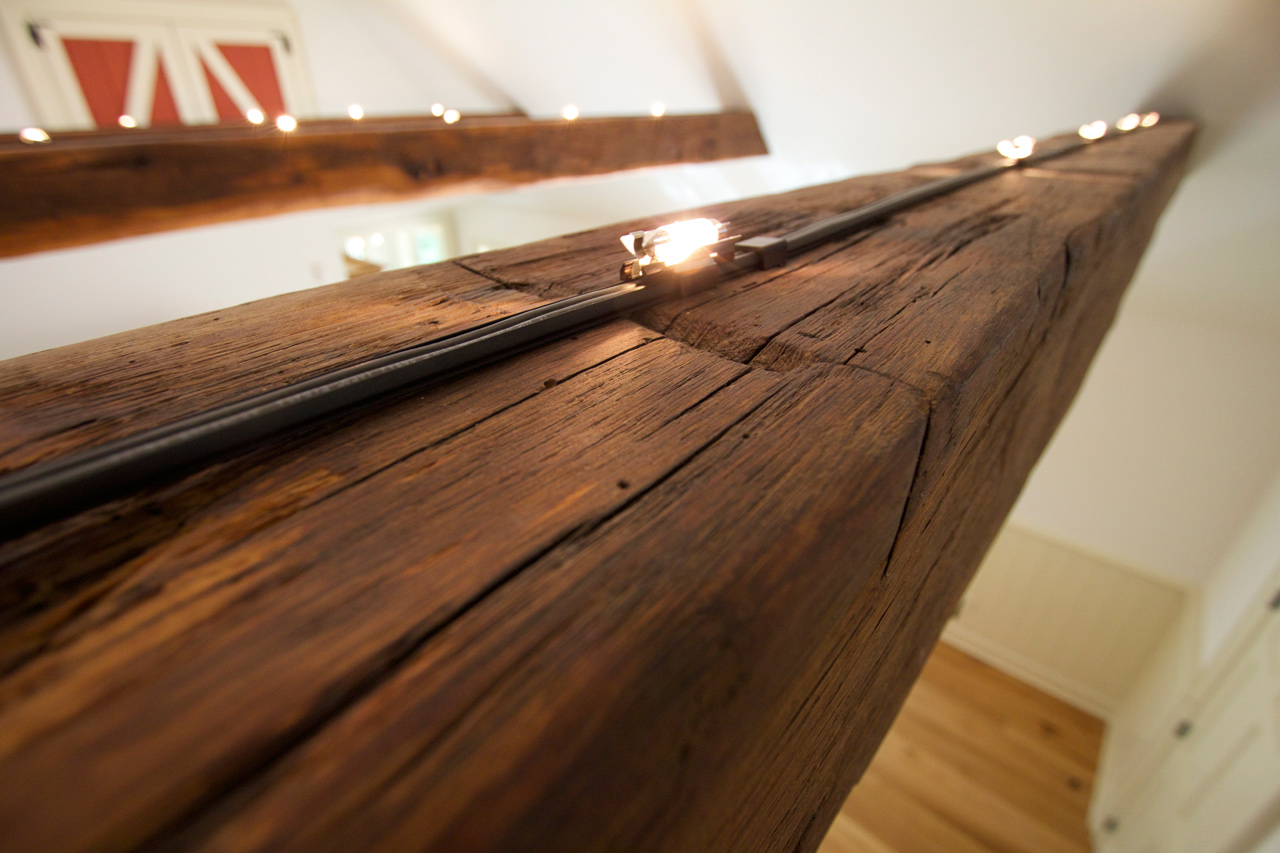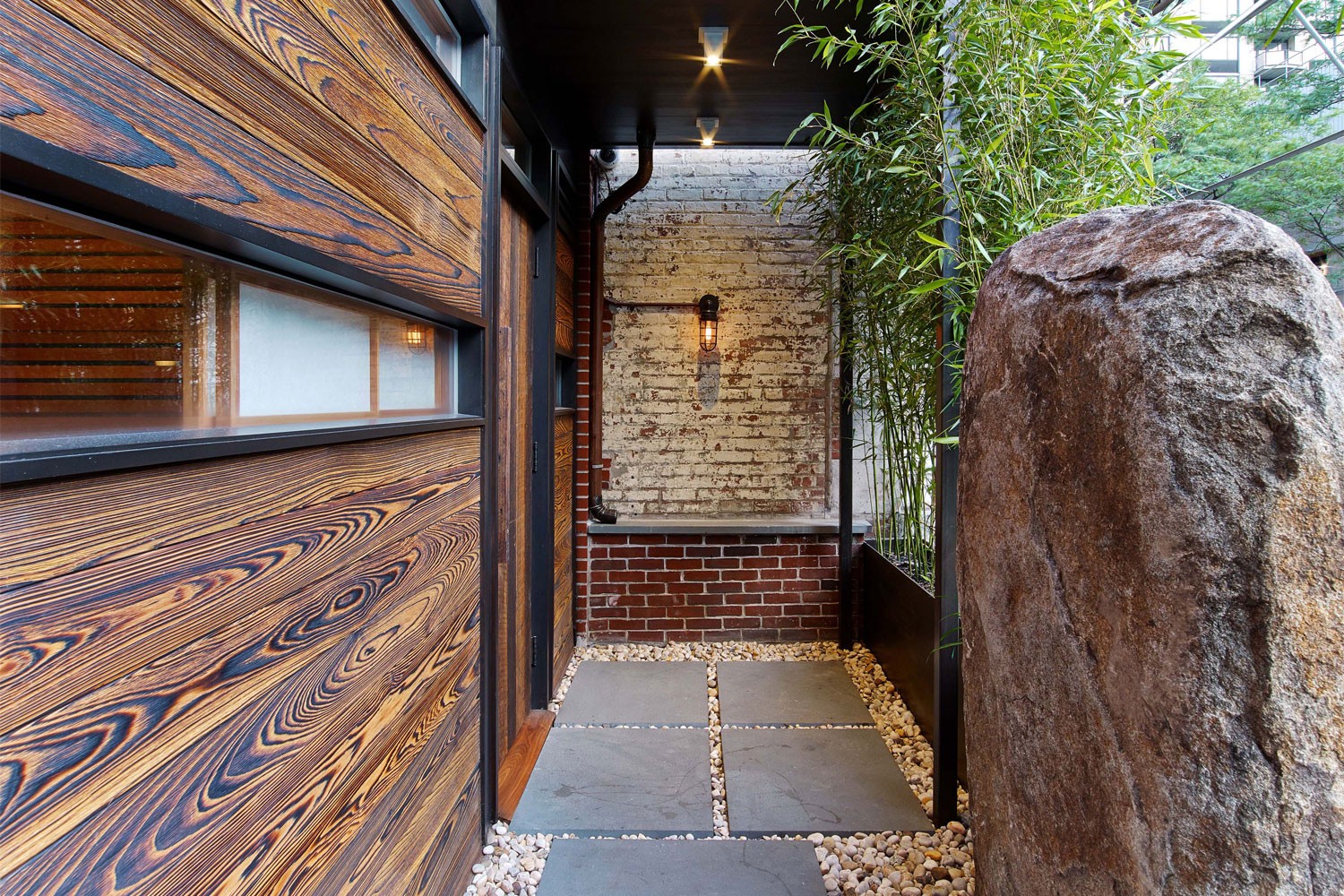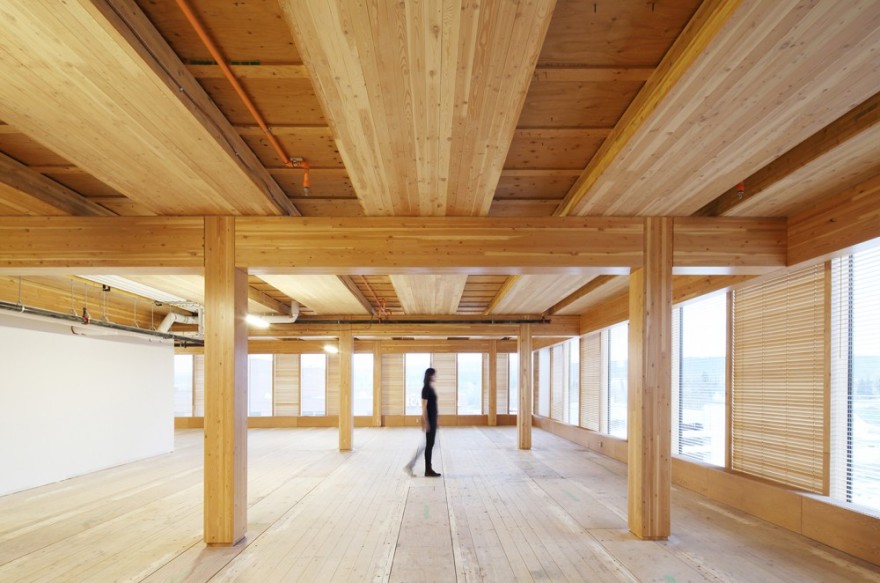In an article published in The New York Times, a newly-built residence in Montauk was featured, highlighting the use of reSAWN’s IRUKA shou sugi ban charred cypress. Designed by Manhattan-based firm Desai Chia Architecture, the Montauk Residence is situated just a block from the beach. Katherine Chia, FAIA, who led the design on this project, chose reSAWN’s IRUKA shou sugi ban charred cypress for the exterior and interior cladding.
reSAWN’s NIGIRI Shou Sugi Ban Charred Accoya featured in RD Magazine
In an article published in the Vol. 3 2018 issue, Residential Design Magazine featured a case study on the Wayzata Residence, highlighting the use of reSAWN’s NIGIRI shou sugi ban charred Accoya. Designed by Minneapolis-based firm Snow Krielich Architects, the Wayzata Residence is situated on a beautifully scenic location with incomparable proximity to Lake Minnetonka, one of the most popular lakes in the “Land of 10,000 Lakes”. Matthew Kreilich, FAIA, who led the design on this project, chose reSAWN’s NIGIR shou sugi ban charred accoya for the exterior cladding.
Accoya Selected for Wood City Apartment in Helsinki
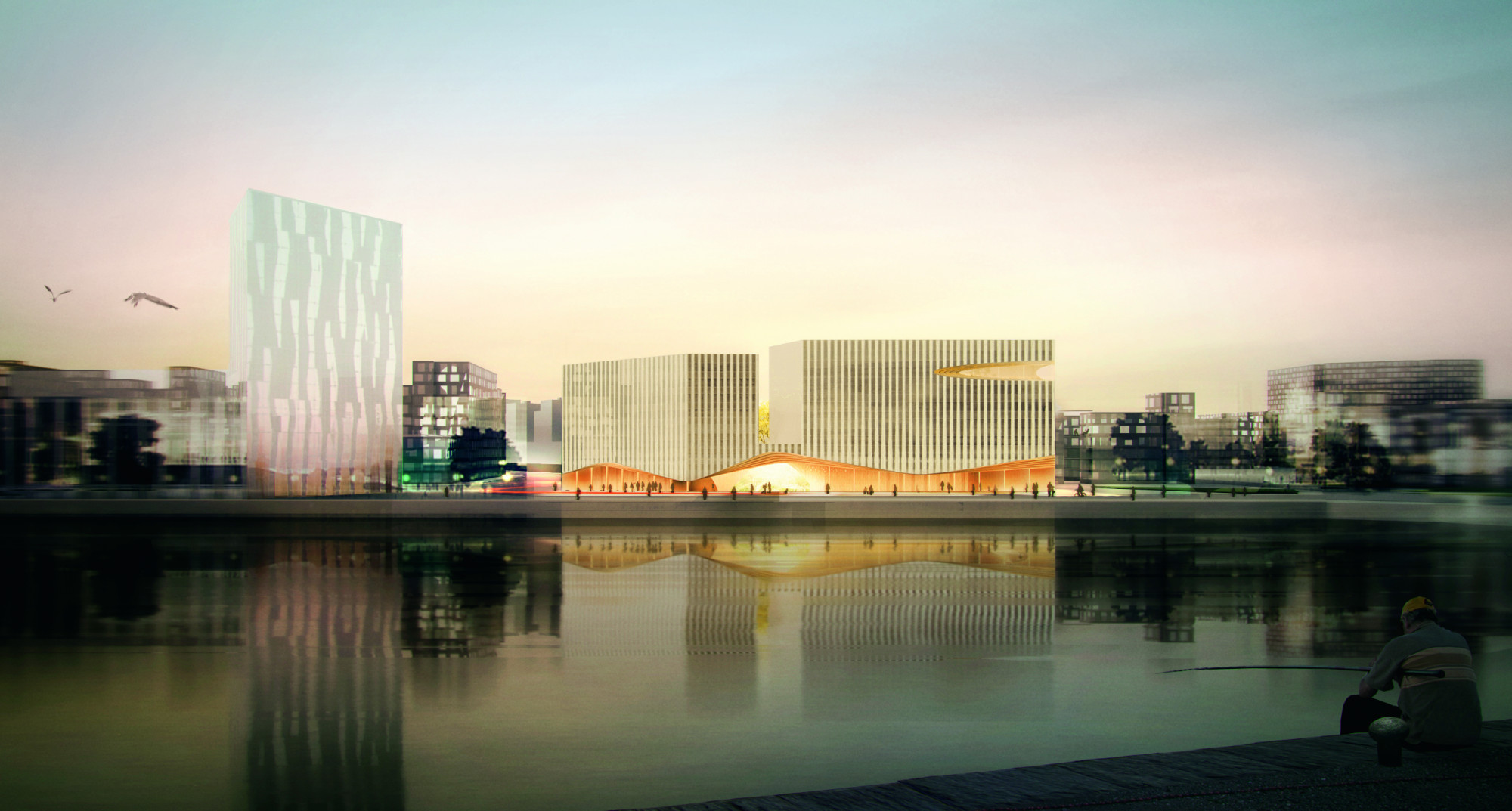
In a news post on its website, Accoya® announced its specification as exterior cladding on the Wood City Apartment. The eight floor high residential high rise directly facing the Gulf of Finland is located in the trendy Jätkäsaari district of Helsinki. The project is a joint venture developed by Stora Enso Wood Products, Helsinki City Apartments Limited, Novenberg Limited and SRV Group Plc.
Building Science: The Durability of Accoya® Wood
This video from ProBuilder highlights the many advantages of Accoya Wood, a modified timber using a process called acetylation. Acetylation is a cutting-edge patented technology that greatly improves the performance of the wood. This process makes the wood rot resistance and more durable. This wood is guaranteed for 50 years above ground and 25 years in ground or freshwater. From joinery for the home to bridges submerged in water, Accoya wood is a leading material that stands up to every application challenge – decking, cladding and more.
Click here to view reSAWN’s offering and learn more about the process
Sweden’s Treehotel Adds 7th Room with Shou Sugi Ban Exterior
Located in Harads, Sweden, The Treehotel is made up of seven treehouse rooms that are each designed based on different sources of inspiration with the main focus on reconnecting with nature. The contemporary designs by leading Scandinavian architects are simple, luxurious, and ideal spaces for vacations of mindfulness and views of the Lule River. The 7th and latest room design is 32 feet off the ground and completely covered in shou sugi ban charred cedar.
A NYC Tour of Shou Sugi Ban
Explore reSAWN’s shou sugi ban CHARRED materials installed throughout New York City
reSAWN has created this architecture & design tour of shou sugi ban throughout New York City including Manhattan and Brooklyn. The tour includes many restaurants, private homes, and businesses.
Use this link: NYC tour of shou sugi ban to view the tour including addresses and instructions for getting to each location.
You can also download a printable info sheet here: NYC tour of shou sugi ban PDF
reSAWN’s award-winning CHARRED collection pays homage to the traditional Japanese technique of “shou-sugi-ban” aka “yakisugi” without being literal. reSAWN uses domestic wood species whenever possible, including Cypress from the Southern US and domestic White Oak, Black Walnut, Red Oak & Ash as well as reclaimed woods from the US. The designs in the CHARRED collection have been carefully developed using modern finishes and incorporating reSAWN’s many years of experience in the architectural & design specification market. reSAWN manufacturers charred wood products for a range of applications including exterior siding, interior wall cladding & flooring, and custom furniture.
The tour includes 8 stops beginning on the Upper East Side of Manhattan and concluding in Park Slope Brooklyn.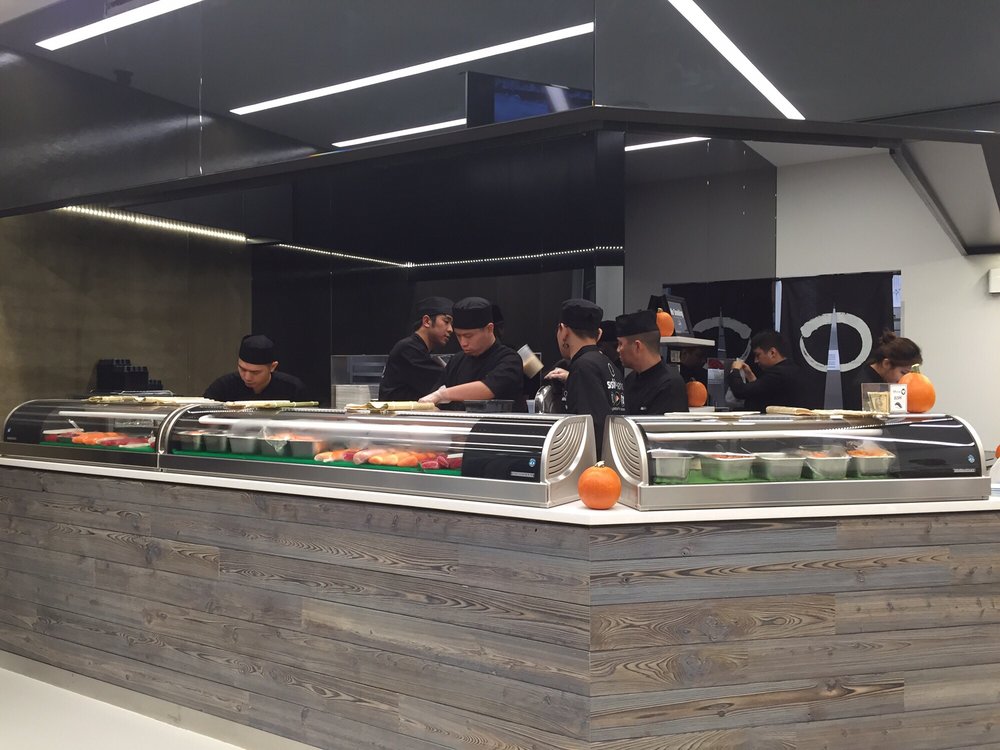
1. SUSHI TERIA – 153 E. 53rd Street (btwn Lexington & 3rd Ave)
Begin your tour where reSAWN worked with Cherico King Architect to specify KUJAKU shou sugi ban charred cypress in select grade at this modern take-away joint delivering creative sushi and salads through online & iPad orders located in New York City.
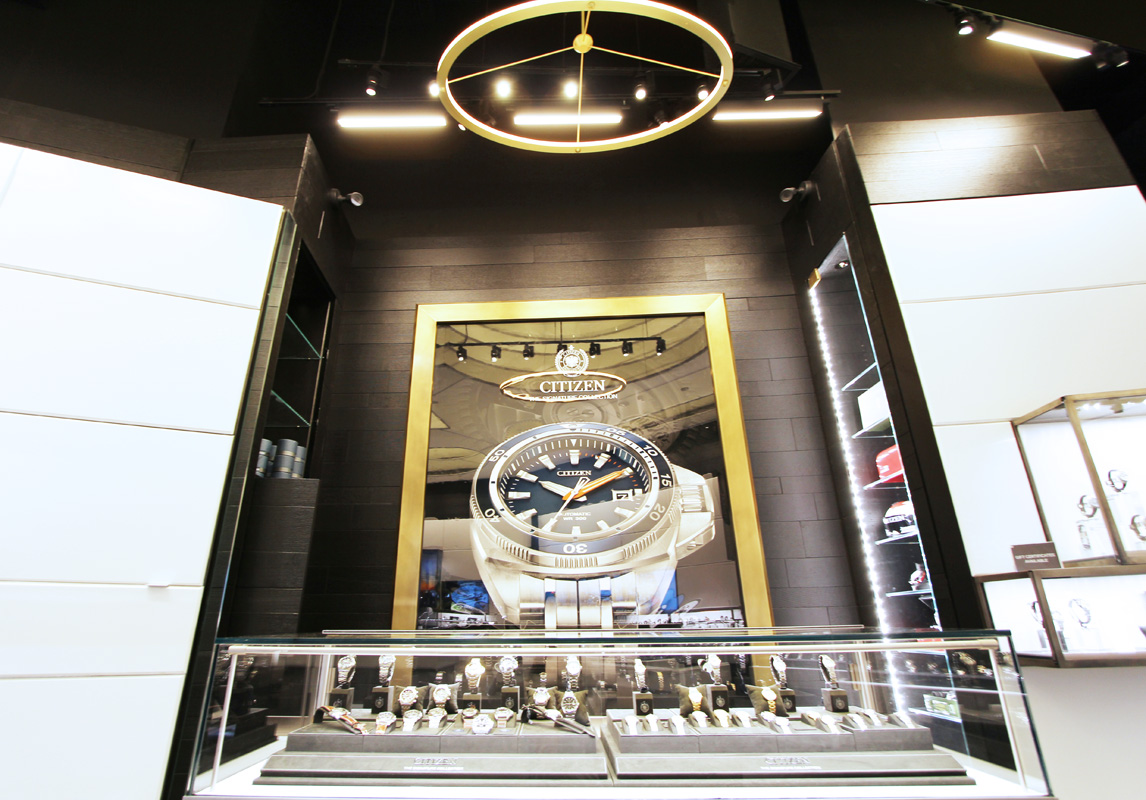
2. CITIZEN WATCH FLAGSHIP STORE – 1500 Broadway (btwn 43rd & 44th Street)
The second stop is at Citizen Watch Company’s global flagship store in Times Square. With over 1,300 square feet, the new store gives Citizen the opportunity to feature a full range of their offering and to enhance consumer appreciation for the brand on a grand scale. New York based architectural firm Mapos select reSAWN’s NETSU shou sugi ban red oak wall cladding for the interior of the store.
Jaw Dropping Design Effects of Charred Wood Unveiled by Yaroslav Galant
We love what Ukrainian designer Yaroslav Galant is doing with charred wood furniture. Galant discovered that charred wood can be employed in various interior schemes with striking aesthetic effects. His “Born 2B Burn” collection (initially spotted by Freshome on Captivatist) can be organically adapted to different design concepts from classical to eclectic and contemporary.
The designer shares some secrets regarding his manufacturing technique: “Furniture frame is charred at temperature about 2000°F. The short-term influence of high temperature carbonizes surfaces with proper color and texture, while the wood core still remains undamaged. After cooling down, the furniture is impregnated with a special substance epioftonol (patented by Yaroslav Galant). On the final stage the wooden surface is varnished”. As you can see in the photos below, the resulting furniture displays an original finish, one that is certain to impress and amaze.
RSTco. offers CHARRED WOOD Furniture – view more here
Bethlehem Cottage :: Architectural Wood Details Abound
- old school ceiling
- old school ceiling
- steamboat wide plank white oak floors
- wood beams
ABOUT THE PROJECT
Located in Bethlehem, PA directly across from the exclusive Saucon Valley Country Club, this Shaker style grandfather cottage is designed for warmth & entertaining. Filled with natural light, architectural wood details, reclaimed wood millwork and STEAMBOAT wide plank white oak floors throughout. The custom kitchen features a reclaimed oak countertop. The open floor plan allows for the kitchen to flow into the living room which includes such details as OLD SCHOOL reclaimed box beams and ceiling feature and a reclaimed beam fireplace mantle. The 2nd floor bedroom includes reclaimed oak beams on the ceiling, custom reclaimed oak sliding doors, a custom reclaimed oak ladder leading to a quaint loft space and OLD SCHOOL reclaimed oak ceiling detail on the balcony. reSAWN’s STEAMBOAT wide plank oak flooring compliments the darker reclaimed woods providing warmth throughout the space.
VIEW MORE: Bethlehem Residence
O YA NYC :: shou sugi ban
CCS Architecture worked closely with Nancy and Tim Cushman to create O Ya New York. The design brings the ambiance and character of their Oya – Boston to Midtown. Located on the ground floor of a cherished townhouse within the Park South Hotel, the design is a mix of carefully orchestrated old and new.
Exposed brick and concrete are contrasted with crafted Japanese carpentry, glazed kiln tile, steel, and fabric. The main element is the expansive eating counter made from walnut timber. The façade and entry identify the establishment and also defines a transition from urban NYC; where you step down from the street, traverse a micro-Japanese garden of bamboo, gravel, and a large iconic granite boulder brought to the site direct from the quarry, and then enter the restaurant under a steel and wood canopy. The entry way features reSAWN’s TORA shou sugi ban charred cypress is select grade.
READ MORE: Q&A with designer Cass Calder Smith in NEW YORK SPACES MAGAZINE
Hi-Rises MADE of WOOD coming to USA
Fast Company and the WSJ announced recently that in New York and Portland, two high-rise buildings will be made not from concrete or metal, but a throwback material: good old trees.
From Fast Company:
It seems as if New York City is always under construction. Every few blocks, steel frames and concrete beams are formed and stacked high in the air. Now a new 10-story building in Manhattan is planned that will be unlike any other in the U.S: It will be made almost entirely from wood.
Wood is an old building material that has been getting a new life in taller buildings over the last five years. Around the world, 17 wood buildings have been built that are between seven and 15 stories tall—many of them in Europe. A record-high 35-story wood building is in the planning stages in Paris. But the U.S. has been slow to start exploring the recent advancements in wood materials that have made these taller buildings possible. None exist here today.
Last year, in partnership with the lumber industry, the Department of Agriculture announced a $3 million prize intended to spur tall wood building designs in the U.S.. Today, it announced two winners that will split the money: The 10-story residential condo, slated for Manhattan’s Chelsea neighborhood, and a 12-story retail, office, and apartment building in Portland, Oregon.
In the interest of creating rural jobs, the Agriculture Department has a stake in promoting wood, as does the lumber industry—which has struggled since the housing crisis. But there can also be major sustainability benefits to wood as a building material.
“As cities are growing, they’re using a tremendous amount of concrete and steel, and the problem with that is that concrete and steel have a very big carbon footprint,” says Vishaan Chakrabarti, a principal at SHoP Architects, which designed the New York City project.
In manufacturing and construction, wood generally has a lower carbon footprint than other common building materials. In addition, the wood itself stores extra carbon (at least in the U.S., where logging regulations are strict and trees are farmed, not deforested). Diseased wood from western U.S. forests afflicted by pests such as mountain pine beetle can even be used in newer advanced wood products. Normally, this dead wood adds to the fire risk when left in place.
Building taller and larger structures with wood has only become possible in recent years, as the industry has created denser, engineered wood products that are more flexible, stronger, and more fire resistant than the traditional two-by-four beam. But current U.S. building codes generally allow wood buildings to be only six stories or less, and regulators and designers are naturally wary of trying new methods. The goal of the competition is to demonstrate it can be done.
“If you think about traveling through New York City and seeing buildings being made from steel and concrete, and all of the sudden in the middle of all this, you see this new wood constructed building—it’s going to catch your attention. I think it’s going to create some real interest,” says U.S. Secretary of Agriculture Tom Vilsack.
SOURCE: Fast Company
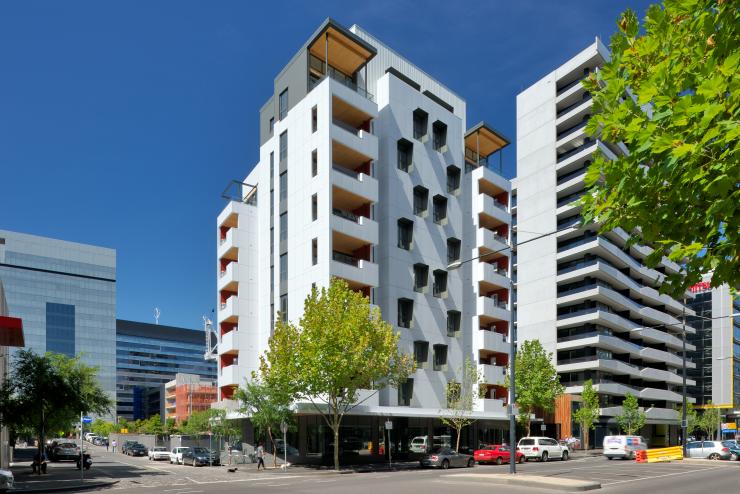
The stylish, upscale, 10-story Forte apartment complex, near the water’s edge in Melbourne’s Victoria Harbour, was built in 2012 with cross laminated timber (CLT), whose structural strength is akin to that of concrete and steel

The Wood Innovation Design Centre (WIDC) serves as a gathering place for researchers, academics, design professionals and others interested in generating ideas for innovative uses of wood.
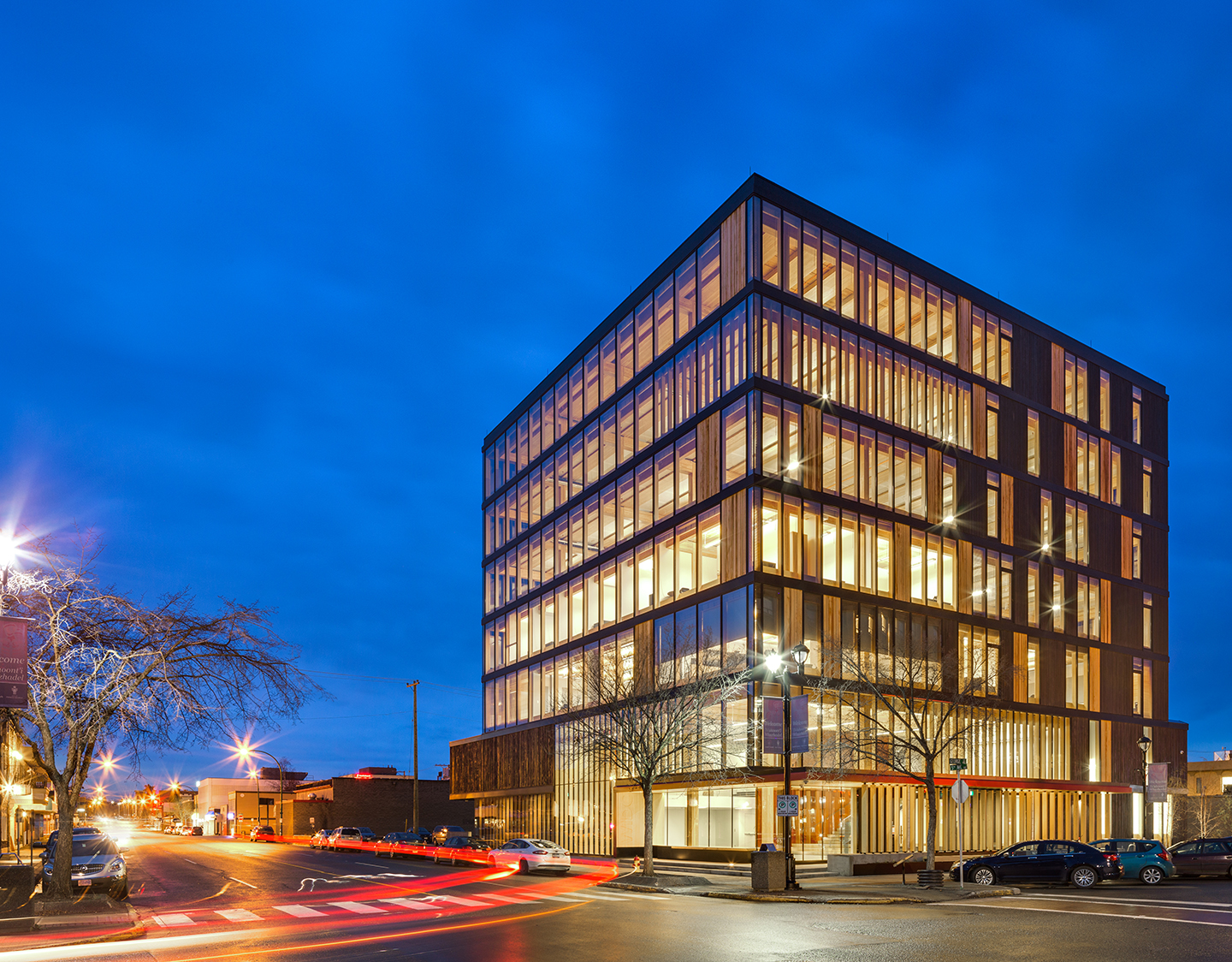
The Wood Innovation and Design Centre in downtown Prince George features inventive use of wood solutions to solve every-day design and construction challenges
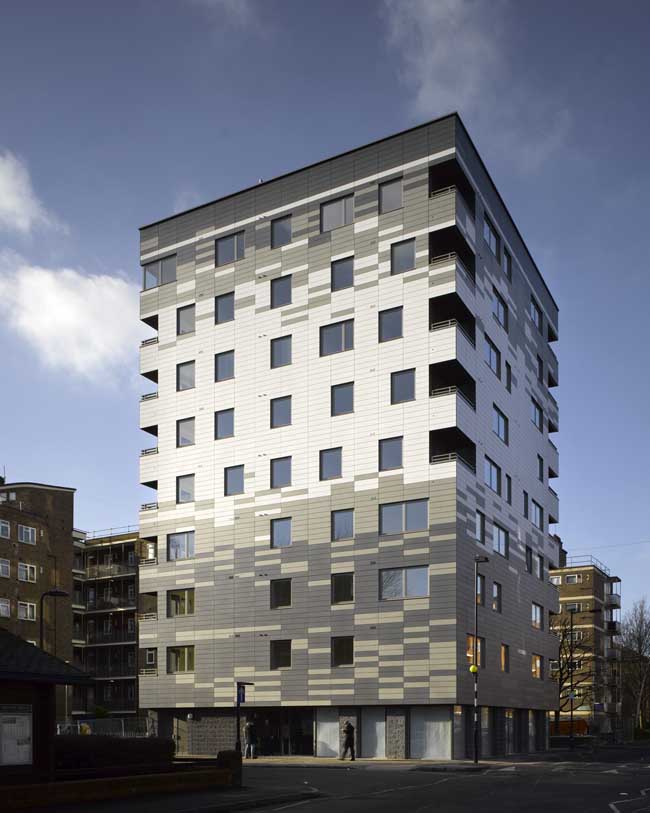
The nine-storey building is the first of this height to construct load bearing walls and floor slabs as well as stair and lift cores entirely from timber.
Read more about Wood As a Sustainable Building Material
Check out the video on building skyscrapers with wood from Skidmore Owings & Merrill:
